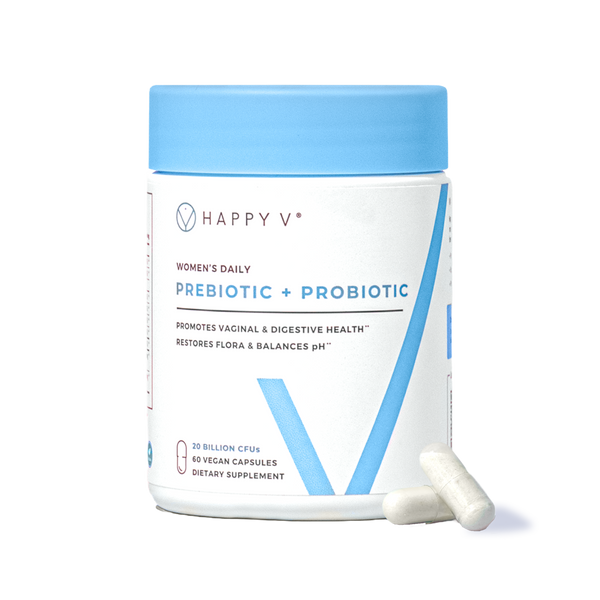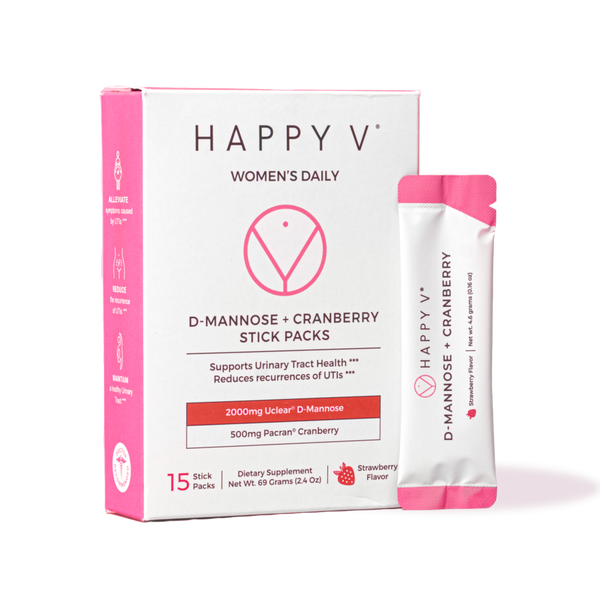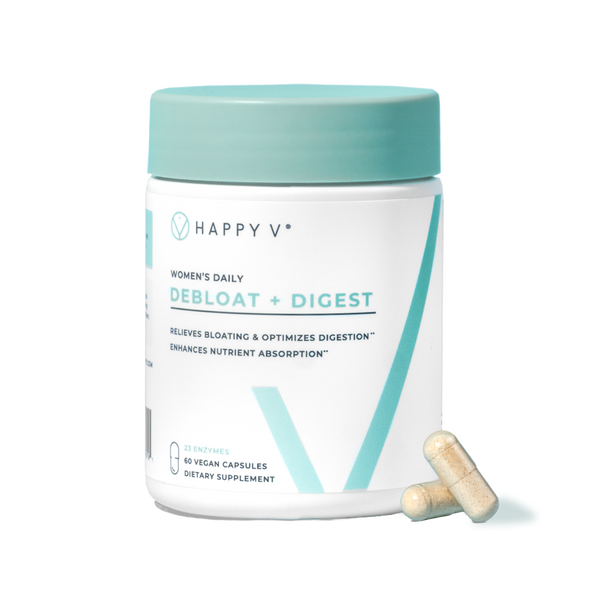- Fact Checked
- March 31, 2024
- 6 min read
Table of Contents
And as chlorophyll continues to sweep the Internet and find its way onto grocery store shelves, you might have started to wonder, “… is there something to this? Is chlorophyll really as great as people make it out to be?”
That’s what we’re diving into here. We’ll talk about what chlorophyll is, how it works, and how it may just be your new favorite supplement.
What is Chlorophyll?

If you took 6th-grade biology, you probably know that chlorophyll is the green pigment found in plants, algae, and even some bacteria that’s responsible for photosynthesis, where light energy is converted to chemical energy. The plant uses this chemical energy as food. So by helping plants convert light into chemical energy, chlorophyll and photosynthesis make it possible for plants to grow, and healthy, thriving plants can absorb carbon dioxide from the atmosphere and release the oxygen we all need to breathe. So… chlorophyll is kinda-sorta important, to say the least.
But how can some plant pigments benefit us? Keep reading.
Is all chlorophyll the same? What should I look for in a supplement?

There are actually many types of chlorophyll, from A through F. Each kind of chlorophyll is found in a different type of plant, and the most common are Chlorophyll A and B. Let’s dive into each briefly.
Chlorophyll A (430-662 nm)
Chlorophyll A is the most widespread chlorophyll, essential in photosynthesis in all plants. It is responsible for the green color in plants and absorbs more violet and orange light. It doesn’t absorb the color green, giving the plants a rich color by reflection.
Chlorophyll B (642-667 nm)
Chlorophyll B is similar to chlorophyll A but absorbs more blue and yellow light. Like A, chlorophyll B doesn’t absorb the color green very well but manages to capture a broader wavelength.
Chlorophyll C
Chlorophyll C is mainly found in aquatic plants and algae, helping them capture the light from above.
Chlorophyll D (around 710 nm)
Chlorophyll D is not found in plants but in cyanobacteria. It absorbs light at a much higher range.
Chlorophyll F
Chlorophyll F is a recent discovery. It helps plants grow in ultra-low-light conditions because it can absorb light at the far-red end of the electromagnetic spectrum, which other types of chlorophyll cannot.
Despite this being how chlorophyll is categorized in the natural world when it comes to supplements, you might see names like chlorophyllin or sodium copper chlorophyllin, which is a chlorophyll derivative. Both offer health benefits, which we’ll get into next, but rather than trying to compare them directly and decide which one is better, many people find it easier to choose a chlorophyll supplement in liquid form because it’s the most versatile. Liquid chlorophyll can be dropped directly into your mouth, but many people don’t like the taste, which is what makes liquid chlorophyll so great: it can be slipped into another drink to conceal the taste.
What are the benefits of a chlorophyll supplement?

Chlorophyll literally makes life on planet Earth possible. And if that wasn’t enough, it also provides several health benefits to humans.
Chlorophyll can be consumed by eating a diet rich in green, leafy vegetables, but since green, leafy vegetables also aren’t usually people’s favorite foods, many find it more reliable to get their daily chlorophyll through a supplement. In fact, due to its wide array of benefits, it may just be one of the best wellness supplements you can use. Before we get into all the benefits of chlorophyll supplements, though, we do want to know that If you are pregnant or breastfeeding, it’s advisable to prioritize a nutrient-rich diet rather than a supplement.

Antioxidant Properties
Containing high levels of vitamins A, C, and E, chlorophyll is rich in antioxidant properties. Antioxidants help prevent chronic diseases like heart disease and diabetes.
Promotes Healthy Digestion
By incorporating chlorophyll into your diet, you can promote and maintain a healthy digestive system. One study published in the Journal of Agricultural and Food Chemistry found that chlorophyll acts as a prebiotic and improves gut health by promoting the growth of beneficial gut bacteria.3
Other research also found that chlorophyll can help alleviate persistent abdominal discomfort, getting those suffering on the path to digestive wellness.6
Promotes Healthy Skin
The antioxidant properties we mentioned earlier not only help prevent heart disease and diabetes, but they can improve your skin’s appearance and elasticity. Some studies have even demonstrated how it may help with acne wound healing!7 Clearer skin with fewer acne scars? Sign us up.
Supports Healthy Weight Management
A 2019 study published in the Journal of Food Science and Technology describes how overweight and obese women saw a significant decrease in their body mass index (BMI), waist circumference, and body fat percentage after taking chlorophyll supplements (100 mg/day) for 12 weeks.
The study also reports that these women significantly improved their lipid profiles, including reduced total cholesterol, triglycerides, and LDL cholesterol levels and an increase in HDL cholesterol levels. The study concluded that chlorophyll supplementation could be a beneficial addition to weight loss and lipid management programs.5
Supports Detoxification

Yet another study published in the Journal of Medicinal Food found that chlorophyll can help detoxify the body and protect against the damaging effects of toxins and carcinogens.4
This detoxification can help limit body odor or odors caused by infections like bacterial vaginosis (BV), acting like a deodorant inside your body!
[in_content_featured_product]
Final Thoughts
So the verdict is: TikTok got something right. Chlorophyll is a safe, effective supplement you can confidently add to your routine. Whether you want more antioxidants in your diet, need help with digestion, want healthier skin, or need just to detox the body, chlorophyll can do it all.
A diet rich in green, leafy vegetables can help get you the chlorophyll you need to enjoy improved digestion, healthier skin, or total body detoxification, but you can also try Happy V’s liquid chlorophyll supplement. Unlike similar supplements, ours has a great mint flavor, making it easier than ever to get your daily dose of chlorophyll.













